6. Never use the C-word
Further adventures in small format golf with an unlikely run at the British Open of Crazy Golf, plus celebrity golf encounters with Shaky
I’ve always loved small versions of golf and my journeys in bijou formats of the game include an unlikely run at crazy golf glory in 2002. This is an edited version of the story I wrote about the experience. It was published 23 years ago this month in Today’s Golfer magazine.
The Aliens Have Landed
Set in a small, landscaped garden overlooking Hastings seafront, Clambers Adventure Park is an unlikely venue for the British Open. Rather than mighty winds, oceans of swaying rough and the capricious bounces of a bone hard links course, here competitors have to cope with the distractions of fiendishly placed rocks, infuriating pipes and rampaging infants wielding rubber-headed putters.
Day one
It is 9.30am on the first practice day before the 2002 British Open. The tournament is being organised by the British Mini Golf Association; the BMGA is the mini — note mini, not crazy — golf equivalent of the R&A, albeit with more denim. Members of the BMGA, it should be said, never use the C-word.
A curious looking group of European males has gathered around the small hut housing the cash till, racks of putters and a barrel-chested attendant sporting a ‘Miserable Old Git’ belt buckle. A rotund, bearded male in blue sweat pants and Dr Scholl sandals (with socks) is engaged in an animated conversation in German with a group of seated colleagues in similar attire. Scattered across the wooden table they sit at are notebooks, hockey-stick-shaped travel bags and an array of man bags.
A small, serious-looking individual wearing a peak cap opens up a flight case to reveal a foam-clad interior housing row-upon-row of brightly coloured balls. This is Austria’s Heinz Weber, 32-year-old defending British Open champion and a man who is ranked the ninth best (mini golf) putter on the planet.
Mini golf is a played semi-professionally in parts of mainland Europe. Its leading players use modified rubber-faced putters, travel with dedicated mini golf coaches and play with a variety of different balls that are kept at specific temperatures to deliver the requisite rebound. Some mini golf evangelists dream of it one day becoming an Olympic sport.
Peter Parr (his real name) is a civil servant in his mid-20s. He is also the President of the BMGA and the driving force behind competitive mini golf in Britain. He juts his chin at the visiting team from Moldova and explains how it is one of a number of emerging mini golf nations that will soon overtake Great Britain in the world rankings.
“Their blushes were spared only when a Swiss player was forced to withdraw after being stung by a bee”
At the previous week’s European Championships in Prague, Peter and his Great Britain teammates occupied six of the last seven places on the leaderboard. Their blushes were spared only when a Swiss player was forced to withdraw after being stung by a bee.
By contrast, the German national team travelled to the tournament in an air-conditioned motorhome fitted out with special temperature-regulated containers for their balls. They had five specialist coaches in tow.
Peter introduces me to British No.1 Tim Davies who is playing a practice round with Thomas Zeininger, another Austrian with a British Open title to his name. On the downhill 2nd, Thomas pulls a transparent ball from his bum bag, spreads his legs wide — very wide, and wraps his hands slowly and meticulously around the grip of his putter, which has a strip of rubber, like that of a table tennis bat, attached to its face.
After a long pause, Zeininger sends the glass orb on its way with an extravagant sweep of his legs and shoulders. At first, it looks like an awful miscue but when the ball rebounds from the brickwork to his right, cannons onto a rock and then curls inexorably into the hole, it all begins to make sense.
I ask the Austrian whether I can have a go with his miraculous crystal and Tim tuts loudly. “You can’t ask to use a man’s stone,” he mutters before moving on to work out his strategy and ball choice on the uphill 3rd.
Peter sidles over and offers to join me for a practice round. He shows me the best lines on each hole and talks about how the Europeans are scientific in their approach to mini golf. The lack of facilities, expertise and funding for the sport in Britain make it hard to compete, he says.
“You can’t ask to use a man’s stone,” Tim mutters before moving on
One one hole, Peter donates me a ‘dead ball’ from his collection. He explains it’s designed to be stroked with a mini golf putter, not an ancient Ping Pal, and is to be used on holes when not much bounce is required. He tells me the best players will use anything up to 15 different balls in a round.
To all intents and purposes, it’s like putting with a squash ball. I thank him but say that I’m going to stick to my guns, in this case the Ping Pal and the chipped, red ball from the man in the hut with the comedy belt buckle, even if does play like a lump of chewed gum. Peter smiles sympathetically. He reckons a 36-hole total of 78, six over par, will be good enough to make the cut.
Day two
A young mother with a brace of large calf tattoos leans on a pushchair and takes a hefty pull on her cigarette. Her brood of shaven-headed offspring is growing impatient waiting for the group of Germans to complete the tricky, dog-leg 14th. As the men whisper and scribble in their notebooks, little Bradley threatens to brain his younger brother with a yellow-headed putter.
By mid-afternoon on the second practice day, the tension is beginning to rise. The leading contenders have their game faces on and loud bellows of ‘Ja’ repeatedly shatter the silence. These sudden eruptions of noise are accompanied by fist pumps and air punches, prompting concerned glances from the pensioners on the neighbouring bowling green.
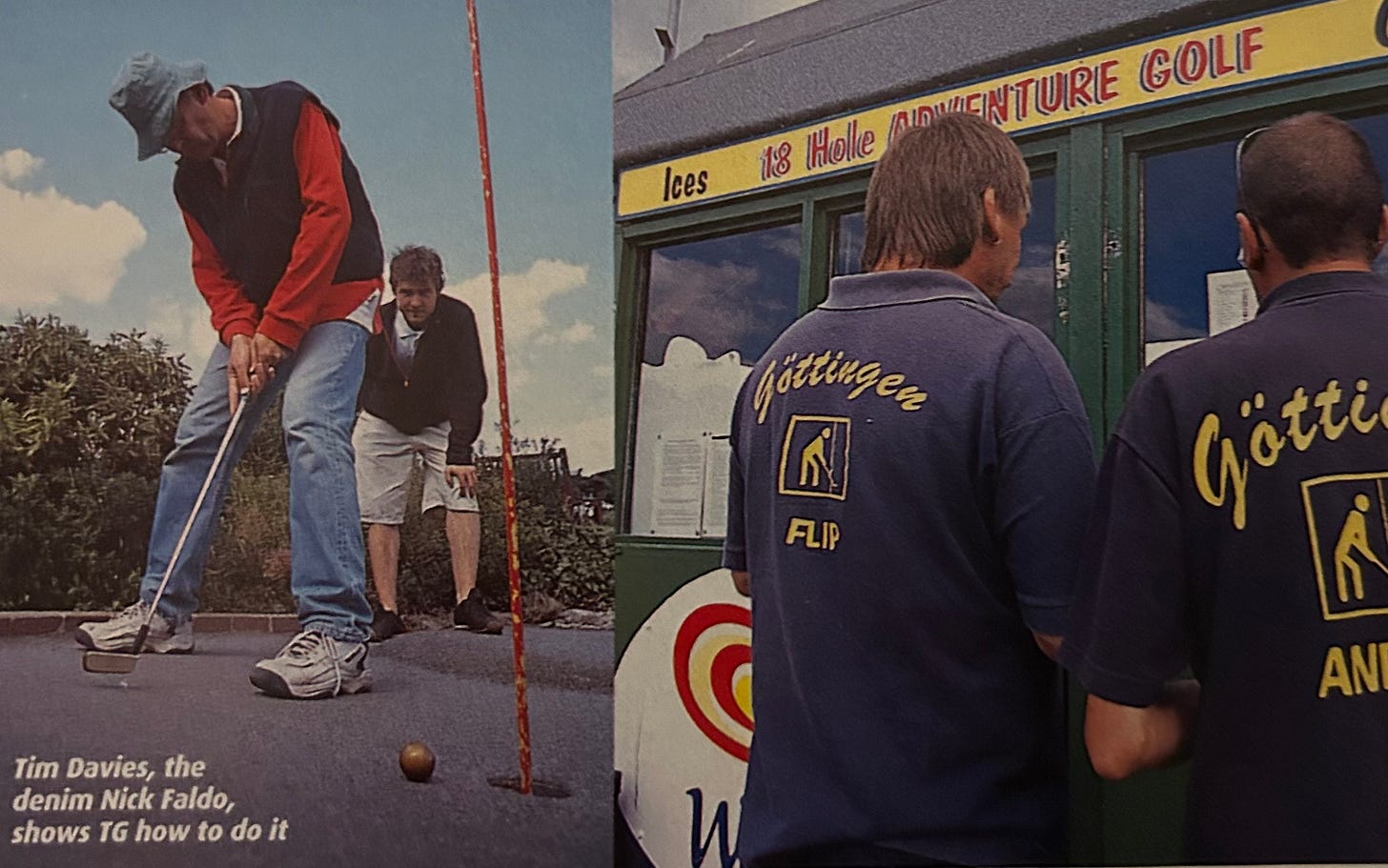
“Nice to see someone taking an interest.” Tim Davies sidles over and nods towards my scrawled notes on the course. A self-described house husband, Tim is in his mid-40s and is very possibly Britain’s first semi-professional mini golfer. He is fairly typical in that he doesn’t play golf. “Used to,” he says, “but found it too snooty.”
Tim is keen to talk up his chances of becoming the first home player to win the British Open crown. He is doubly determined to put one over his regular opponent at Clambers, ‘Ted’ McIver.
Ted works for the Inland Revenue and is Tim’s former lodger. Today, he is playing in what can only be described as a fawn safari suit. Ted confides that he has won close to £500 in prize money from three BMGA events this season, which, he maintains, is more than some of the players on the European Tour Order of Merit.
Tim invites me to join him and Heinz Weber for a couple of practice rounds. In mini golf terms it’s like being asked to make up a three ball with Nick Faldo and Bernhard Langer.
Heinz has it all worked out: the teeing points, the angles, the specific bricks that produce the right rebounds. His putting style is bizarre. He looks like a stick insect on crutches but the course record 28 that he cards is a mesmerising study in geometric precision. Tim’s method, by contrast, is more conventional and he celebrates his aces with a Gareth Cheeseman-esque “Grrr” rather than the full-blown “Ja!”
A combination of my extensive notes, Peter’s advice and a stroke that’s been honed over 12 solid hours of putting on felt produces a solid 34. It’s enough to halve with Tim and send sock waves through British mini golf.
Day Three
Clambers is a hive of activity on the opening morning of the British Open. Forty-five competitors converge on the hut. They range from seasoned British Tour members and European semi-pros to have-a-go hopefuls like myself. Peter is wedged between the cash till and the ice cream freezer, broadcasting instructions to the field on a PA system he’s hired for the event. His mother is seated in front of a laptop, ready to record the scores.
Ted arrives wearing a natty tracksuit and cap. Tim, meanwhile, is calming himself in the tea room on the far side of the bowling green. It’s showtime.
In round one I’m paired with Thomas Zeininger and Jon Angel, an earnest young man from London. I get off to a nightmare start, fluffing the easy 2nd hole and then taking an ugly four on the 5th after missing the tube off the ramp.
Jon barks unconvincingly as he makes consecutive aces on the opening nine. Thomas, however, is at odds with his game and himself. On a couple of occasions when his ball refuses to find the cup he unceremoniously dumps the flag stick in the nearest bush.
I rally on the inward nine with rebound aces on the 11th and 16th before making a string of solid twos. It all adds up to a credible opening 37, three better than the dejected Zeininger but eight adrift of the early leader, Vienna’s Klaus Kirchweger.
Ted finishes the round as leading Briton on 31 but Tim is distraught to be back on one over par alongside Peter and myself. “I was just crap,” he hisses before stalking away.
“It looks almost sexual,” comments one observer
A re-draw for the second round sees me paired with Peter Parr and Philip Busche of Germany, who looks like a cross between Craig Stadler and Obelisk from the Asterix books. Big Phil is good enough to have once played for the German national team. Peter is desperate to impress and his face contorts into a snarl with each ace. “It looks almost sexual,” comments one observer.
On the 15th, I make the schoolboy error of hitting the bridge with my first putt, which results in the ball coming back to my feet. With a stream, a pipe and split levels still left to negotiate, this could be costly.
Somehow, I manage to escape with a three before an unlikely hat-trick of aces more than repairs the damage. This birdie blitz to finish earns me high-fives all round. I have made it through the cut in 12th place, 3rd place among the Brits.
I’m genuinely thrilled.
Day four
The top 24 players return to Clambers for an 8.30am start. It’s earlier than advertised because the owner is keen to readmit the public as soon as he can.
Scores from the first two rounds are now scrapped. The top two players from six groups of four will go through to contest the semi-finals. It’s a bit like the latter stages of the 1982 World Cup — complicated. In my quarter-final group, I’m up against Peter, BMGA Treasurer Scott Coe and 36-hole leader Klaus Kirchweger.
It’s nip and tuck until the long 9th when Peter has a disaster, running up a ruinous six after miscuing and getting his ball stuck between a rock and the concrete perimeter of the hole. Klaus, who is not interested in making small talk, is having problems of his own and as Scott unravels down the stretch, I only have to par in to make the semis.
Peter is unfortunate to lose out in a playoff but makes a point of coming over to congratulate me on what he calls “the most astounding debut in the history of the British Open”.
A small crowd has gathered for the semi-finals, and as the shrieks of “Ja” get ever louder, play is reduced to a snail’s pace. My luck has run out: I’m up against reigning champion Heinz Weber, a rejuvenated Thomas Zeininger and another Austrian named Willy. It’s men against boy.
While they expect to hole every putt and look pleadingly at the felt or the chipped brickwork when they don’t, I lack the precision and experience to keep up. Tim and Ted also fail to make it out of the semi-finals, which means it’s back to the drawing board for us plucky Brits. The four-man Super Final will be another all-continental affair.
I am not sure how I feel about the prospect of spending a week in a van with these men
In the final, Heinz Weber has to wave through a father and son on the 8th while the Mayor of Hastings looks at his watch as he waits to present the prizes. Eventually, Weber proves too strong for his teammate Thomas Zeininger. He is British Open champion for the third consecutive year.
My disappointment of going out is outweighed by news that my debut performance has rocketed me straight into the top-10 in the British rankings and in line for a place in next year’s World Championships. I’ve never been ranked so highly at anything but I’m not sure how I feel about the prospect of spending a week in a van with these men.
Thomas consoles himself with the knowledge that the lion’s share of the £1,000 prize fund will be in travelling back to Austria in the same car this evening.
My four-day odyssey into the nether world of competitive crazy golf ends on a fitting note when I pass that very same car on the A21. It’s parked on a grass verge and only partly conceals the row of men in matching Austria tracksuits, relieving themselves into a hedgerow. And doubtless doing so with unerring precision whilst avoiding unwanted rebounds.
At the time of writing this article I was living with the photographer Martyn Goodacre. Martyn took the the pictures for the crazy golf story but is marginally more famous for taking the most iconic portrait of Kurt Cobain, which adorns millions of posters, T-shirts and coffee cups the world over.
Shaky, as Martyn is better known, is chaos personified and one of my favourite people on the planet. On the night I moved into his flat on a housing estate off the Old Kent Road, my car was stolen from outside.
Shaky has no interest whatsoever in golf but accompanied me on a number of golf-related assignments during this period.
He photographed me playing matches against Terry Wogan at Moor Park, the six-time World Snooker champion Steve Davis at St Pierre, and the gold medal-winning rower Steve Redgrave at some god-awful ploughed field in Oxfordshire.
After Shaky had spent nine holes trying and failing to get a decent shot of Redgrave, stomping across his line on every green, the decorated Olympian finally snapped and asked him to leave. Shaky retorted by telling Redgrave that it had all gone wrong for him once he’d “fallen in with the yachting crowd”.
Another assignment took us to the Atlantis Resort in the Bahamas. On that occasion, me, Shaky and James Brown, the founder and original editor of Loaded magazine (who also has no interest in golf), were manhandled from the course by security guards and threatened with deportation from the island after managing to upset Michael Jordan and his entourage.
A story for another day.




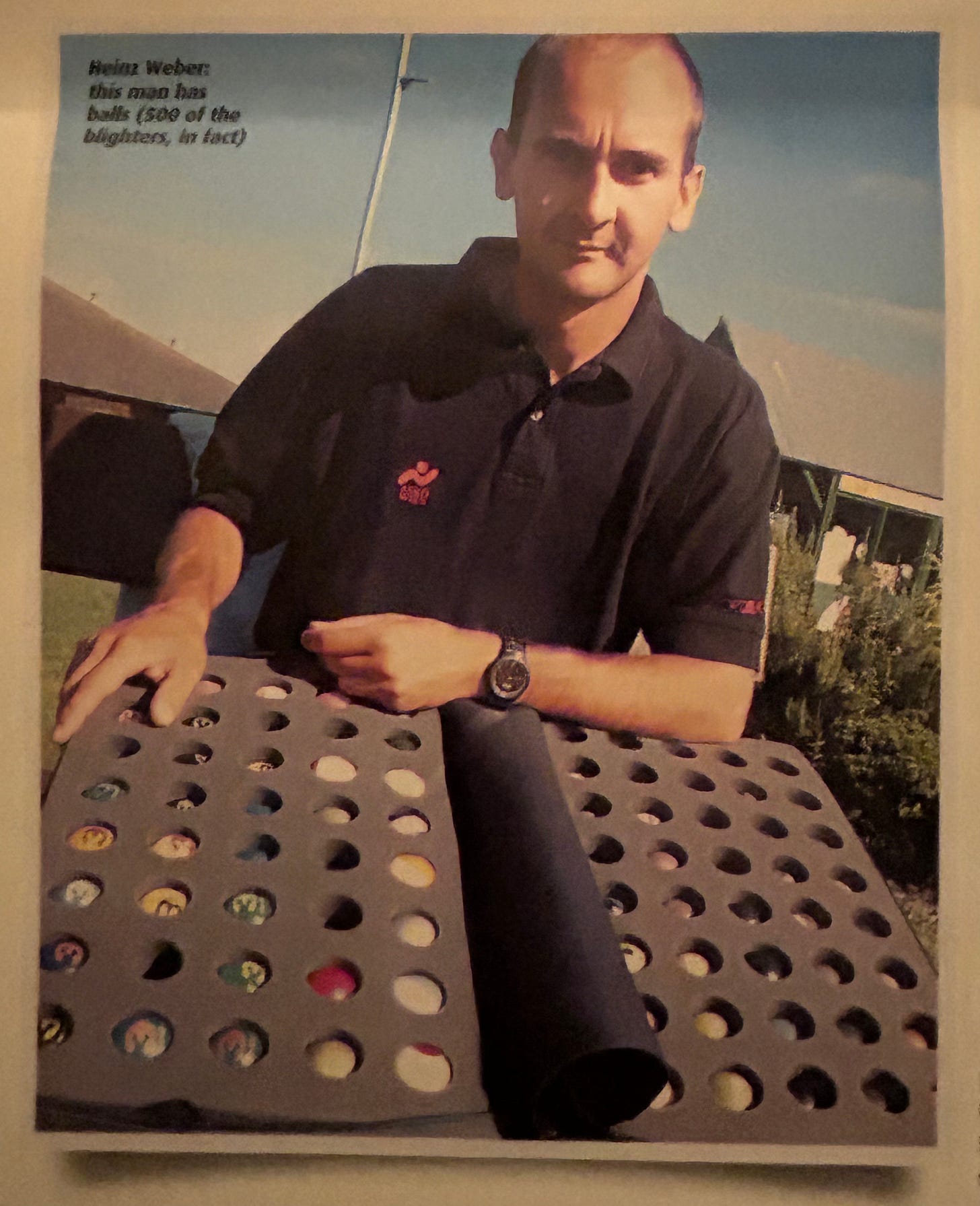

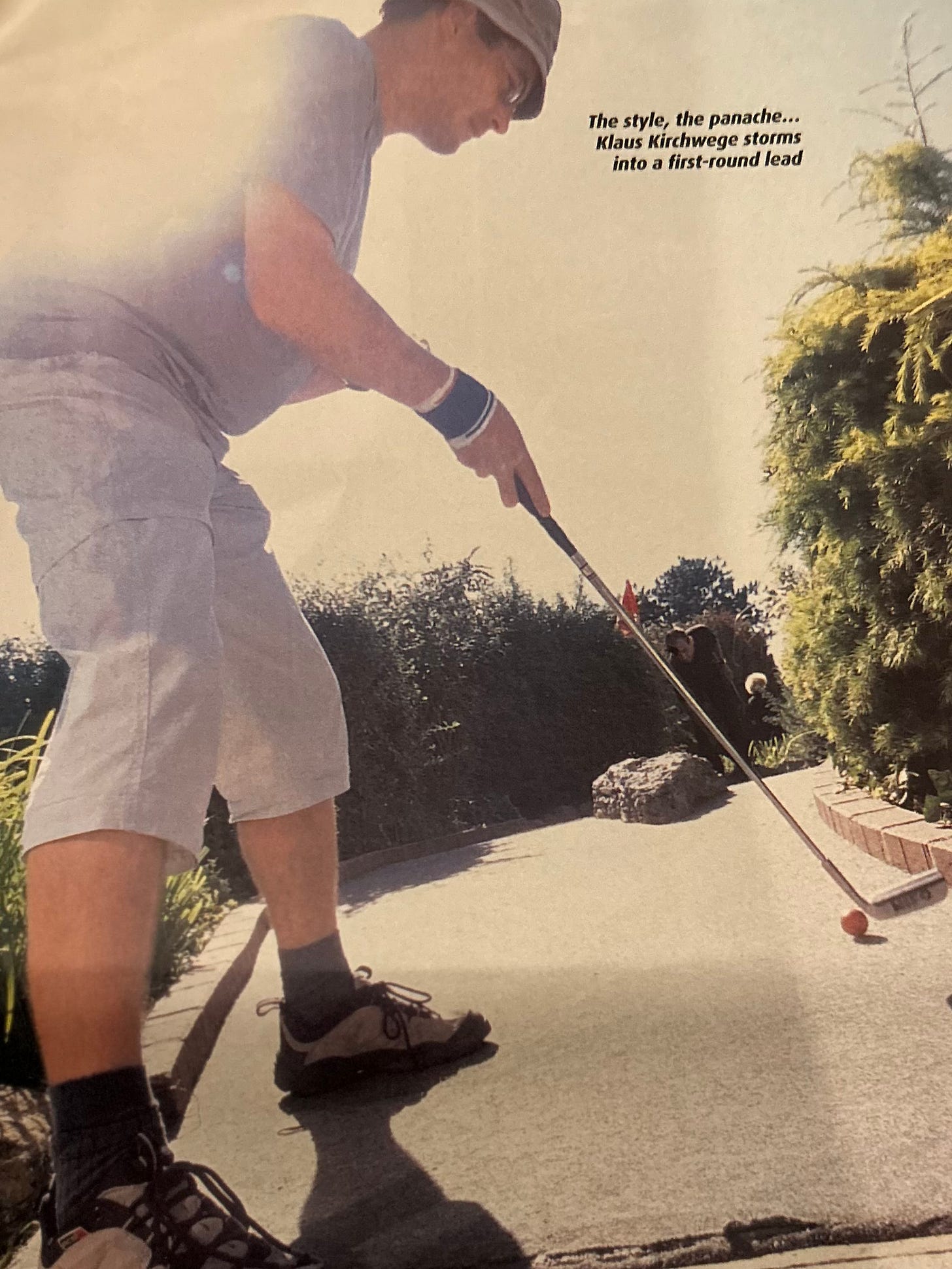
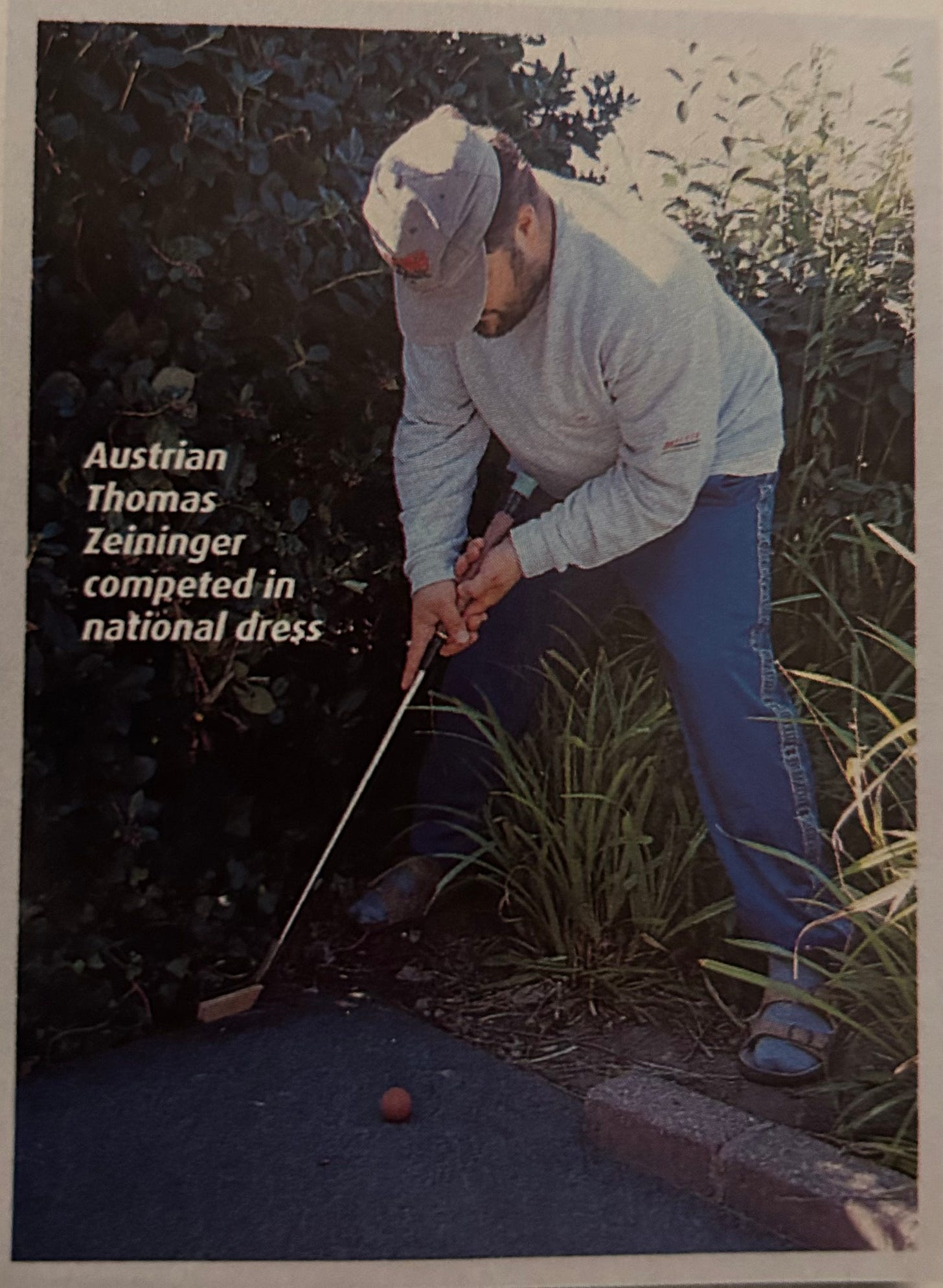
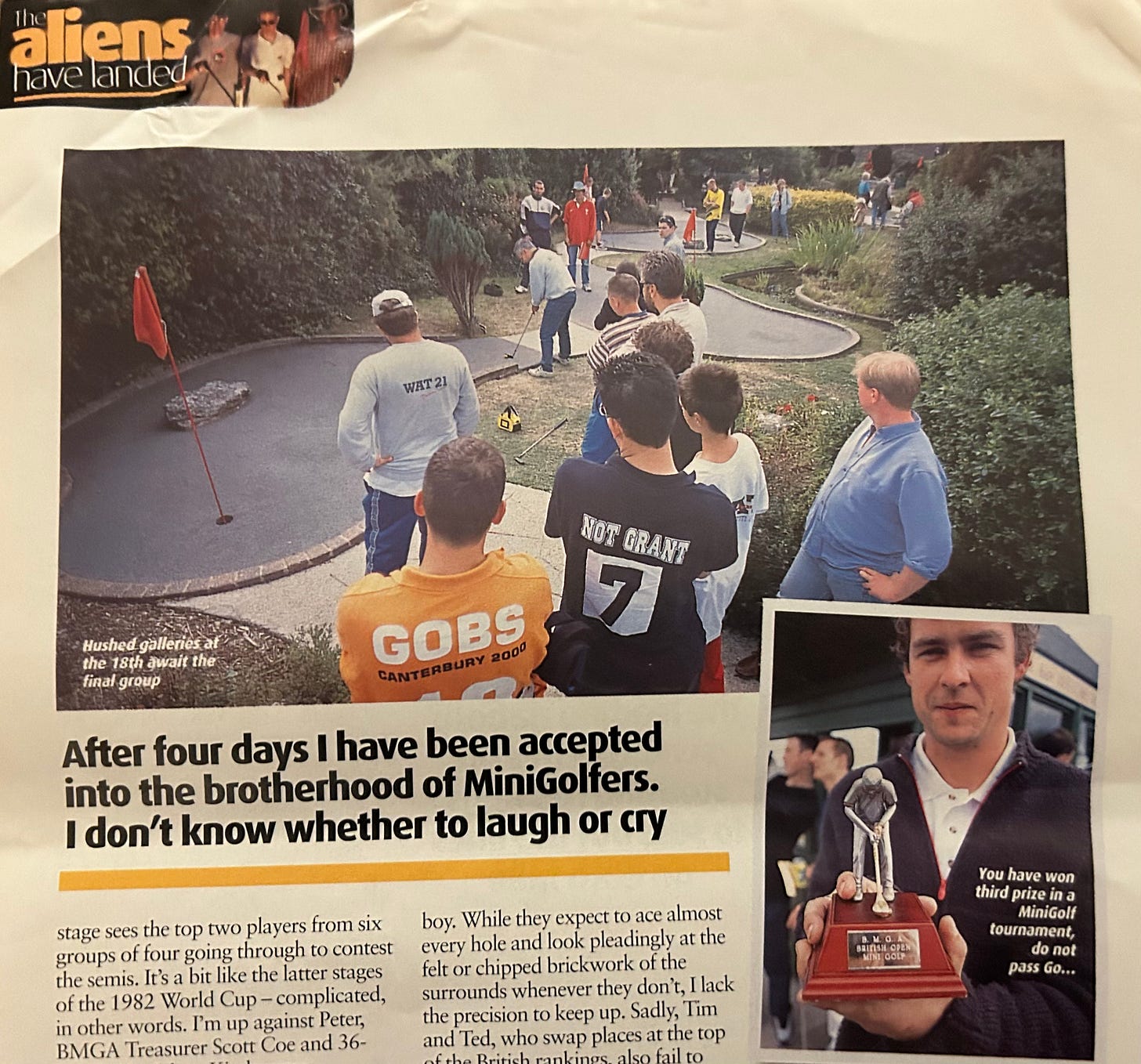
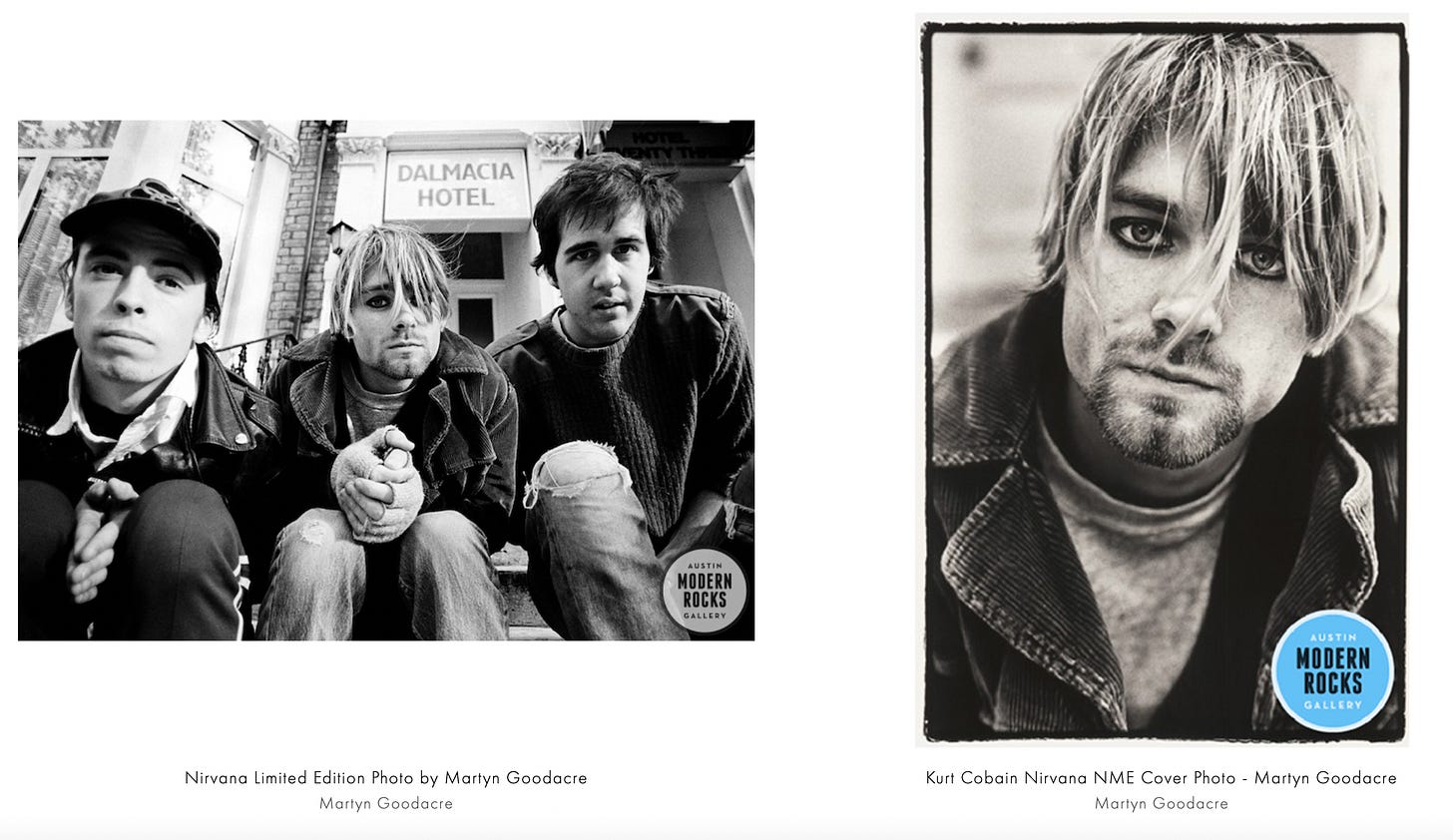
How long do we wait for the MJ story?
Stories for another day which we’d love to hear! I remember reading this. Still, I imagine, one of the best debuts ever!